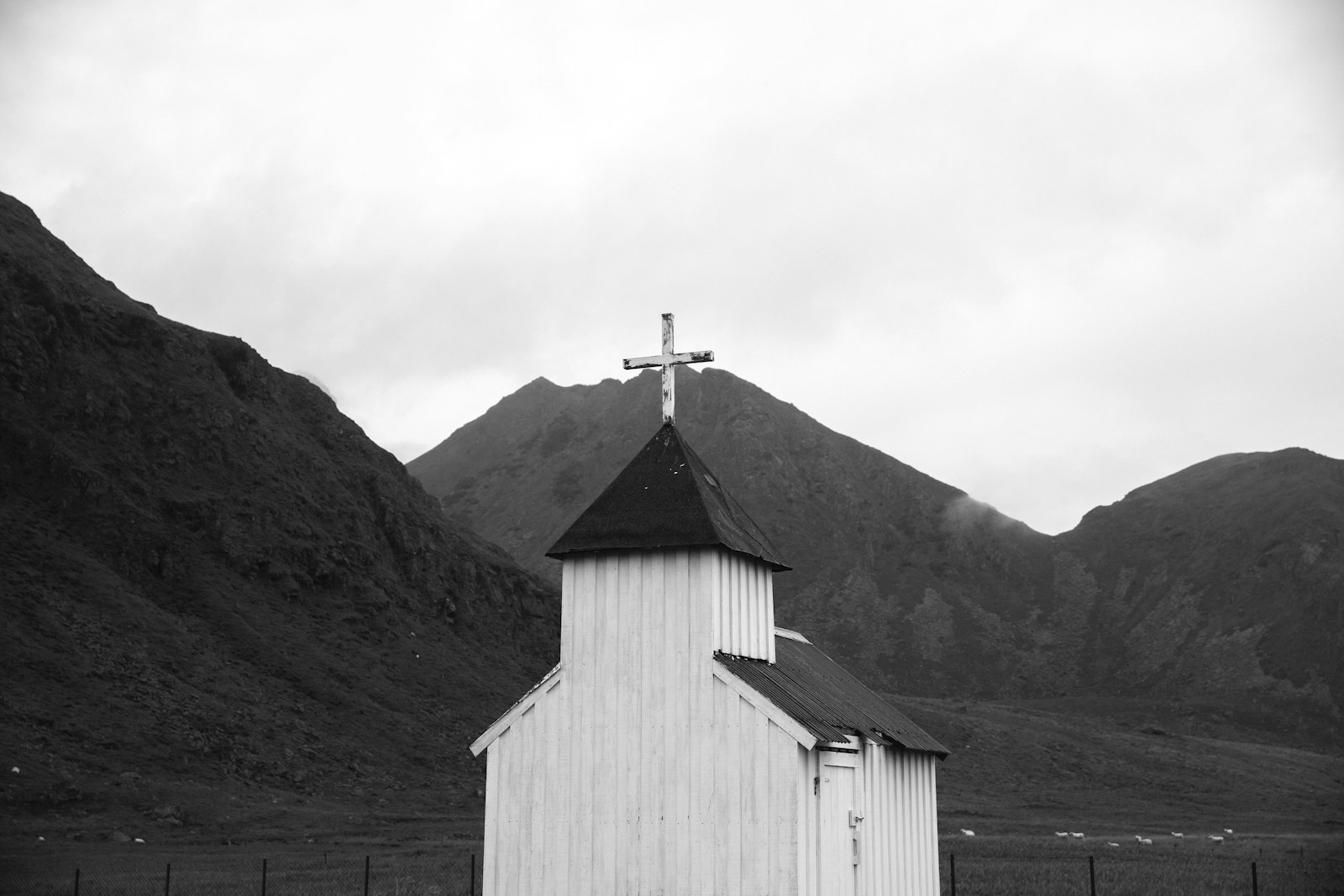National parks stand as monuments to natural beauty and preservation, yet some have gathered reputations that extend beyond their majestic landscapes into the realm of superstition. Tales of “cursed” national parks have permeated campfire stories and internet forums, suggesting these protected lands harbor supernatural forces that bring misfortune to visitors. These narratives blend documented tragedies with folklore, creating compelling but often distorted perceptions of these wilderness areas.
The notion of a cursed national park raises fascinating questions about how humans interpret natural dangers, historical events, and unexplained phenomena in these wild spaces. This article explores the origins of these cursed park legends, examines the facts behind the myths, and considers why such supernatural explanations persist in our modern, scientific age.
The Psychology Behind Wilderness Fears
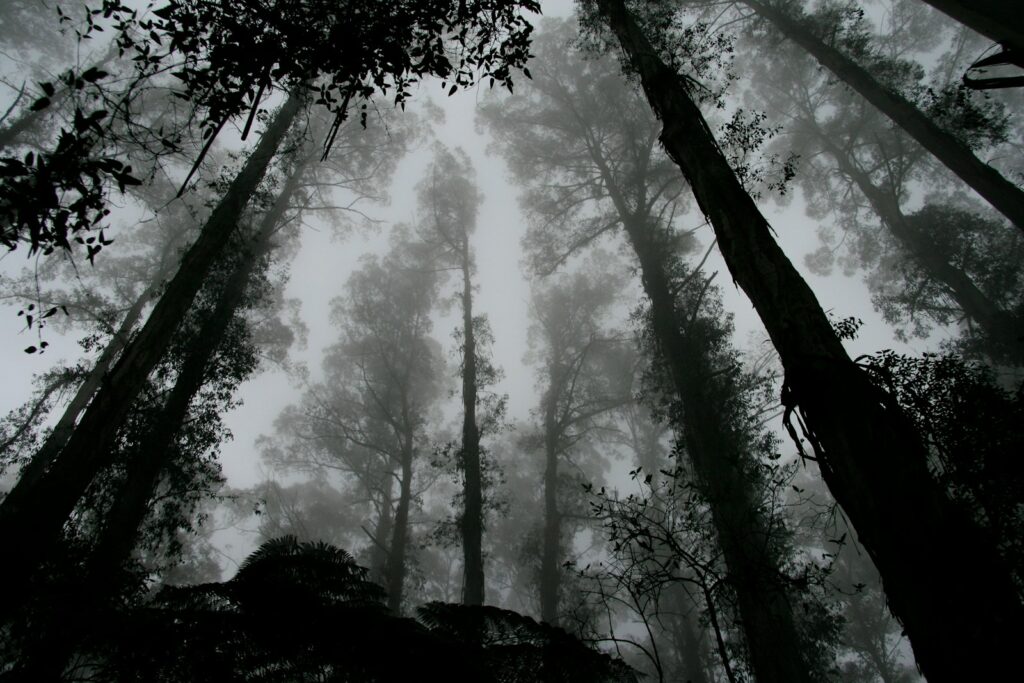
Human psychology plays a significant role in the development of “cursed” national park narratives. Our brains are naturally wired to seek patterns and explanations, especially for tragic or unusual events that occur in remote, wild settings. When multiple accidents or disappearances happen in a particular location, our pattern-recognition tendencies may lead us to attribute these incidents to supernatural causes rather than acknowledge the inherent risks of wilderness areas.
This psychological phenomenon, known as apophenia, becomes particularly powerful in settings that already evoke primal fears – dark forests, deep canyons, and isolated landscapes where humans are reminded of their vulnerability. The vastness and untamed nature of national parks create perfect conditions for our imaginations to construct supernatural explanations for natural dangers, transforming statistical probabilities into sinister curses.
The Legend of Death Valley’s Dark Forces
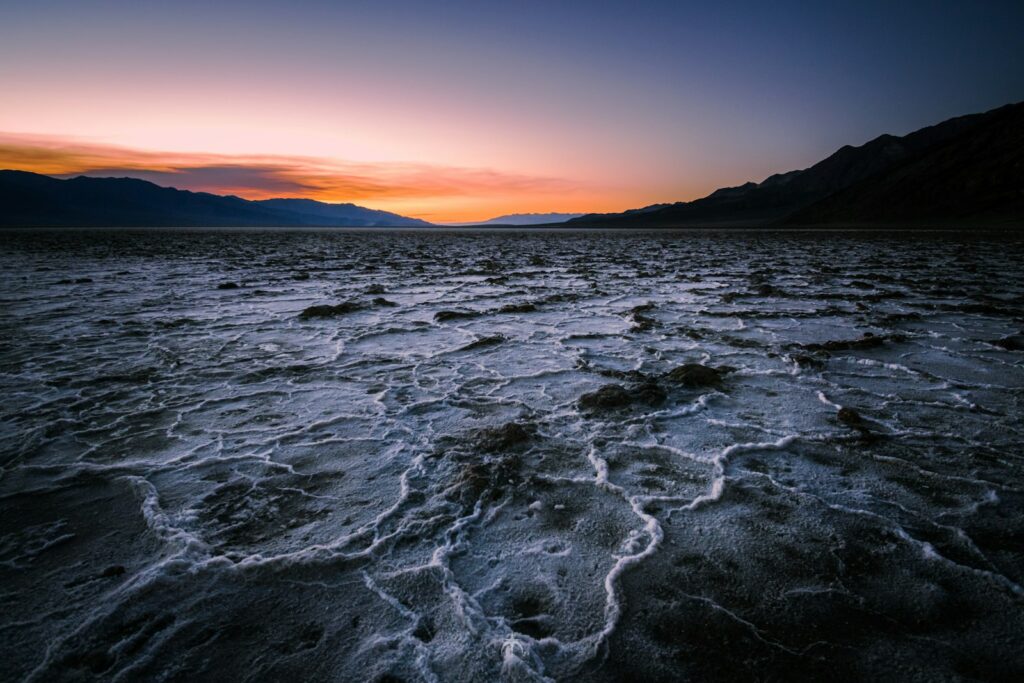
Death Valley National Park, with its ominous name and extreme conditions, has long been associated with supernatural forces and mysterious disappearances. The park’s reputation as “cursed” dates back to indigenous legends and was reinforced by the ill-fated journey of pioneers in 1849 who gave the valley its morbid name. Modern legends speak of an unusual number of hikers who vanish without explanation, vehicles that break down under mysterious circumstances, and strange lights or apparitions reported by campers.
These stories, however compelling, often overlook the harsh reality that Death Valley is one of America’s most extreme environments, with summer temperatures regularly exceeding 120°F, minimal shade, scarce water sources, and disorienting terrain. What appears supernatural to the uninitiated is often the predictable result of tourists underestimating the valley’s dangerous conditions and overestimating their survival skills.
Yellowstone’s Geothermal Dangers: Natural Hazards Misinterpreted
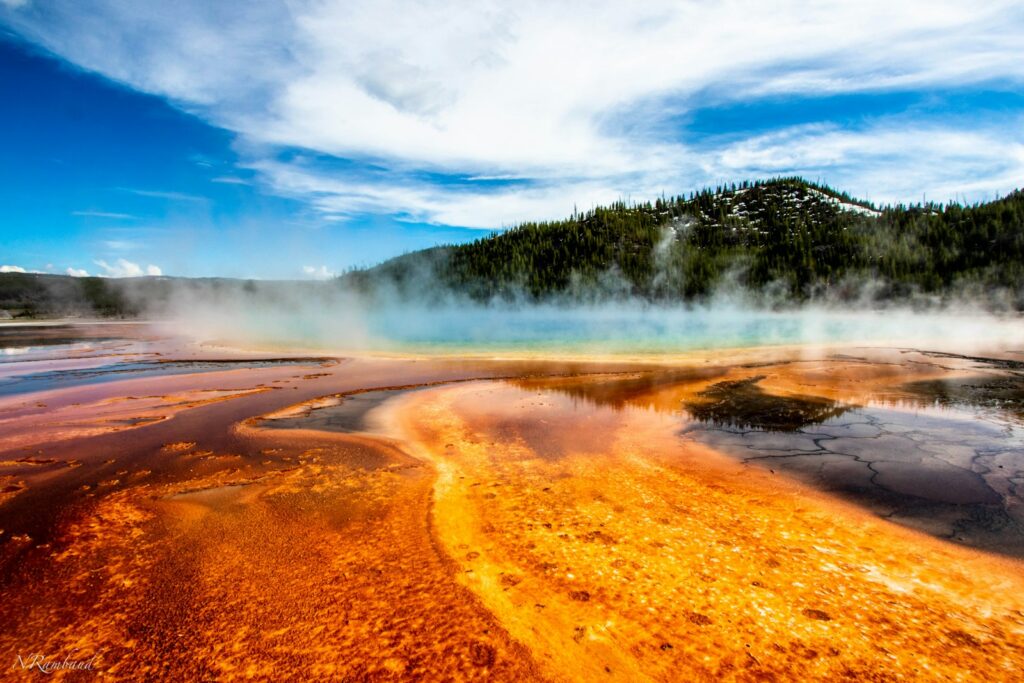
Yellowstone National Park, America’s first national park, has accumulated numerous stories suggesting it harbors malevolent forces targeting careless visitors. Tales of people who disappeared near geothermal features or met tragic ends after disrespecting park rules have contributed to whispers of a “Yellowstone Curse.” The reality behind these incidents is far more scientific than supernatural – Yellowstone sits atop one of the world’s largest active volcanic systems, creating unpredictable and inherently dangerous conditions.
The park’s boiling hot springs, which have indeed claimed lives, operate according to geological principles rather than supernatural vengeance. Tragedies like the 2016 incident where a visitor fell into an acidic hot spring after leaving the boardwalk reinforce the curse narrative, but these cases actually demonstrate the predictable consequences of ignoring natural hazards and park regulations in an environment that is both beautiful and potentially lethal.
The Missing 411 Phenomenon and National Park Disappearances
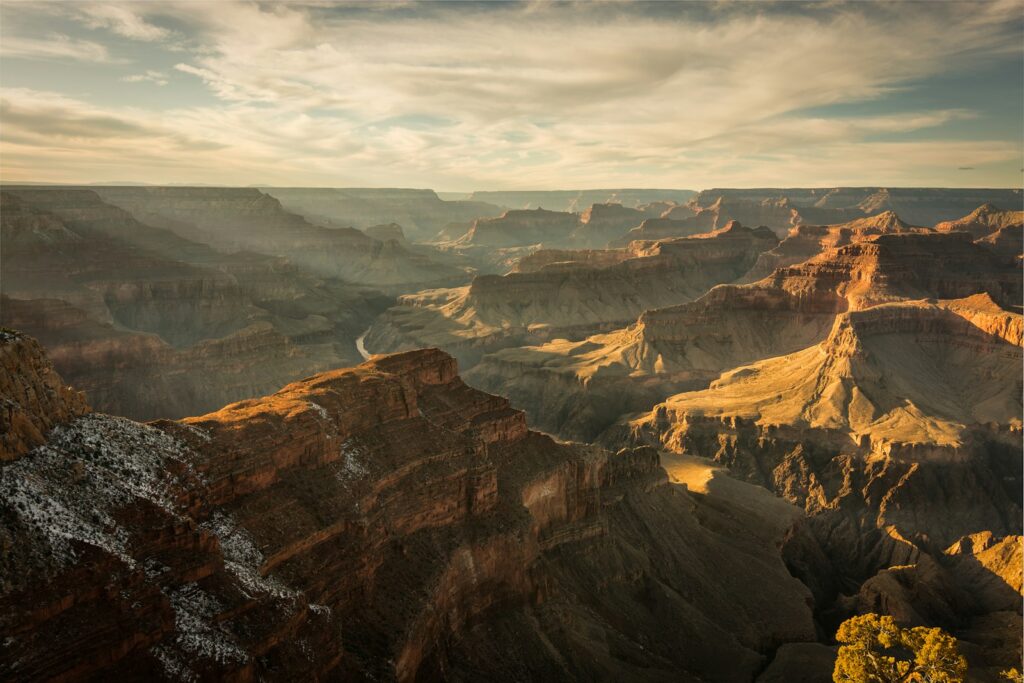
Perhaps no modern narrative has contributed more to the “cursed national park” concept than the Missing 411 series of books by author David Paulides, which catalogs hundreds of disappearances in national parks that allegedly share unusual patterns. Paulides’ work highlights cases where search teams couldn’t find people who later appeared in previously-searched areas, instances where tracking dogs lost scents inexplicably, and disappearances that defied conventional explanation. While these accounts have fueled supernatural speculation, they often exclude critical contextual factors that would explain the seemingly mysterious circumstances.
Wilderness search and rescue experts point out that disorientation, weather changes, animal activity, and the vast, complex terrain of national parks create conditions where conventional search expectations may not apply. Furthermore, the collection methodology in these accounts has been criticized for selection bias – gathering only cases with unusual elements while ignoring the thousands of conventional rescues and recoveries that occur annually.
Native American Perspectives: Sacred Lands vs. “Cursed” Territories
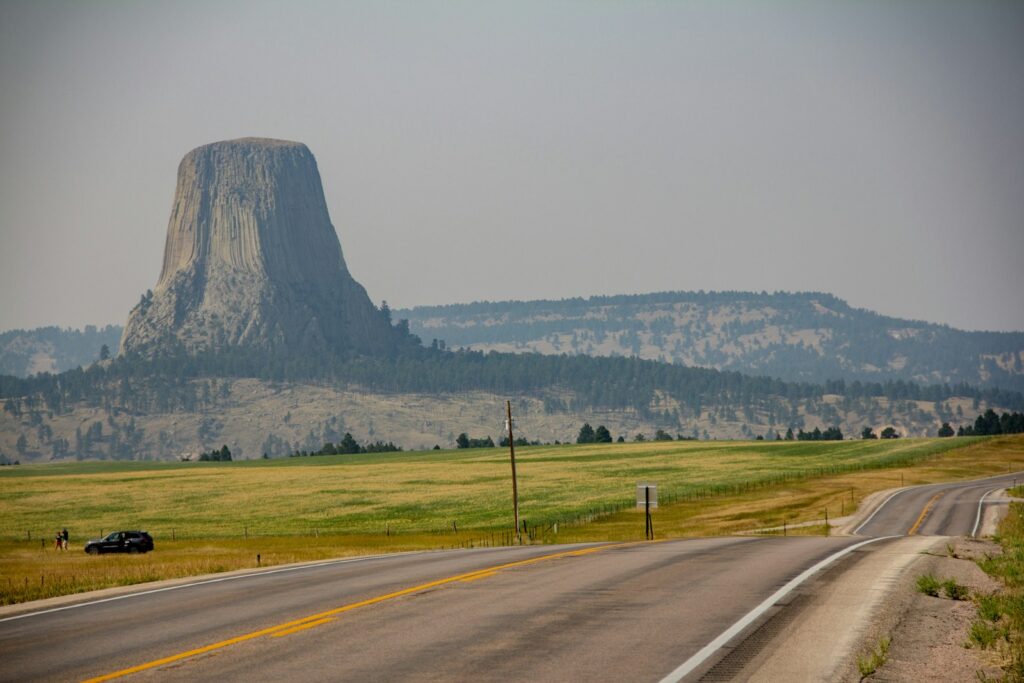
Many “cursed” national park narratives appropriate or misrepresent indigenous beliefs about these lands, transforming nuanced spiritual connections into simplistic “Indian burial ground” tropes. In reality, Native American relationships with these territories are complex and varied, with many tribes viewing certain areas as sacred rather than cursed or malevolent. For example, the Blackfeet consider parts of Glacier National Park to be spiritually significant, requiring respect and proper conduct, not because of curses but because of the land’s inherent spiritual importance.
The transformation of these sophisticated cultural beliefs into generic “curse” narratives reflects a colonial tendency to sensationalize indigenous spirituality. The actual indigenous perspectives on these territories often emphasize respect, reciprocity, and awareness of natural forces – concepts that, when properly understood, might actually increase visitor safety rather than feed into supernatural fear narratives.
The Great Smoky Mountains: Legends Born from Tragedy
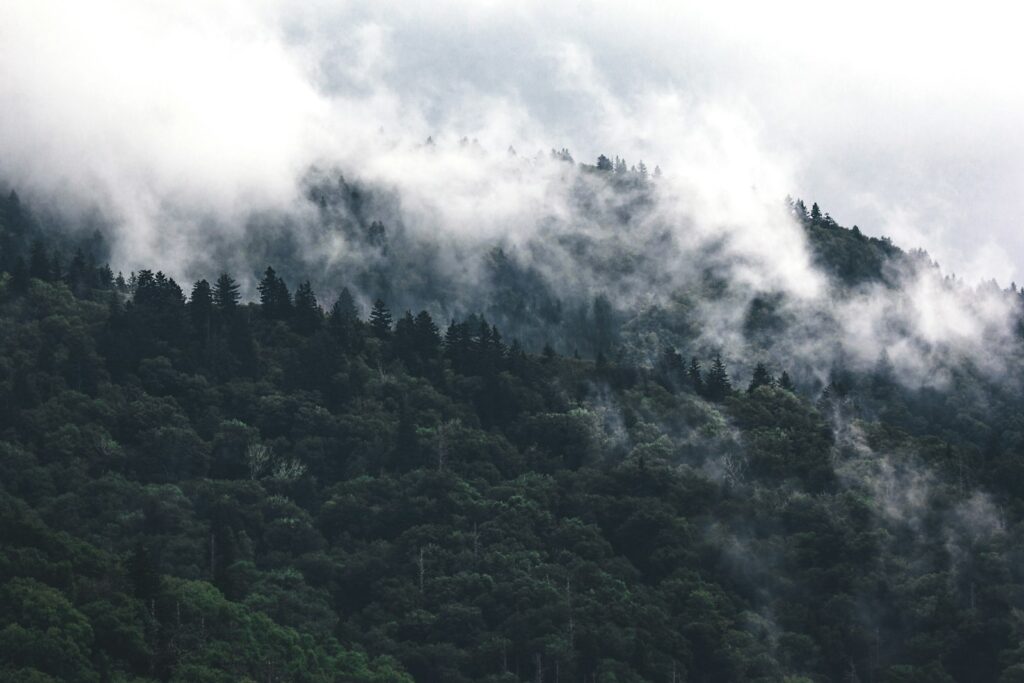
The Great Smoky Mountains National Park, straddling Tennessee and North Carolina, carries numerous legends suggesting supernatural forces at work in its misty forests. Stories of the “Spearfinger” – a witch-like creature said to prey on lost hikers – and tales of ghostly apparitions on certain trails have contributed to the park’s mysterious reputation. Many of these legends have roots in documented tragedies, such as the 1946 crash of Flight 823 that killed all 19 passengers and left scattered wreckage that hikers occasionally stumble upon.
The park’s frequent fog conditions, which can reduce visibility to mere feet and dramatically alter familiar landscapes, provide a natural explanation for disorientation and accidents that might otherwise seem mysterious. Additionally, the park’s history of displaced communities during its establishment has created emotional connections to abandoned homesteads and cemeteries, which visitors often misinterpret as paranormal activity rather than the atmospheric remnants of human history.
Statistical Reality: Accident Rates in National Parks
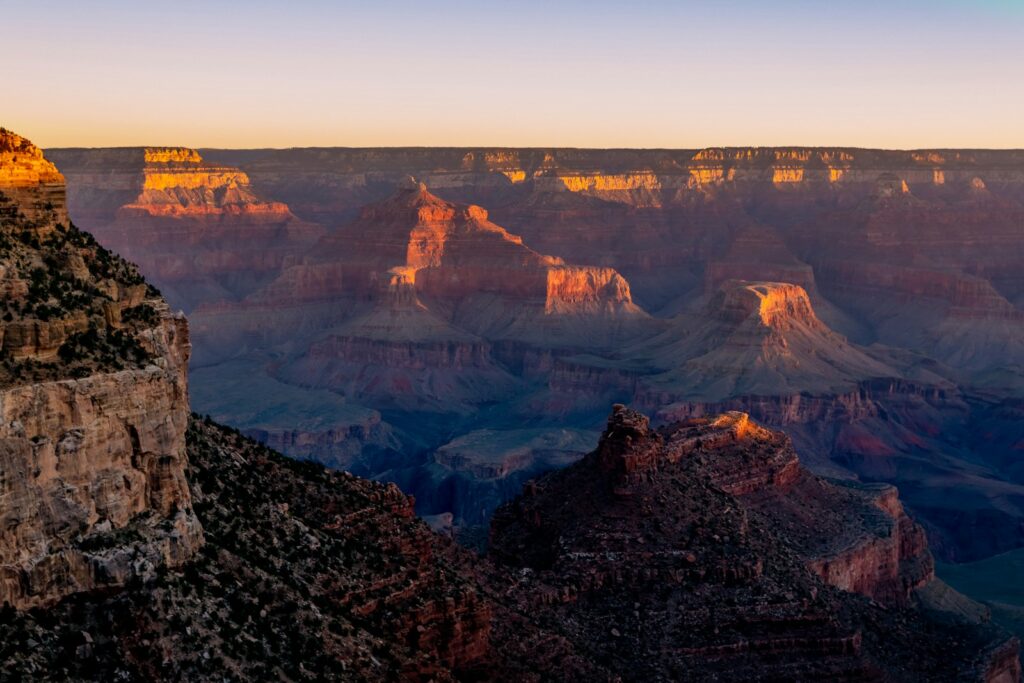
When examined through the lens of statistics rather than sensationalism, the notion of “cursed” national parks quickly loses credibility. National Park Service data reveals that while tragic incidents do occur, they happen at predictable rates considering the millions of annual visitors and the inherent risks of wilderness environments. For instance, Grand Canyon National Park receives approximately 6 million visitors annually but averages only about 12 fatalities per year – a rate far lower than many urban areas when adjusted for population.
Most documented accidents and fatalities in national parks have clear, non-supernatural explanations: falls while hiking or taking photographs, medical emergencies exacerbated by remote locations, drownings in natural water features, and encounters with wildlife. These incidents, while tragic, follow patterns consistent with the statistical probability of accidents in any environment where humans interact with natural hazards, rather than suggesting supernatural causation.
The Role of Media in Perpetuating Park Myths
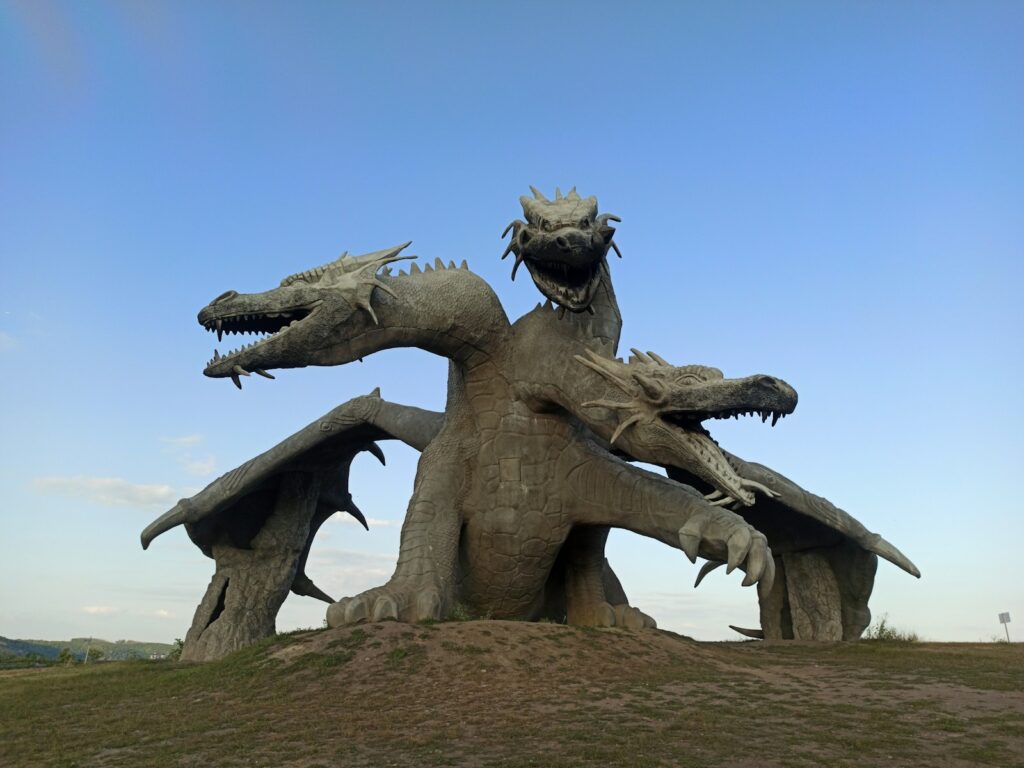
Media coverage plays a crucial role in establishing and perpetuating the myth of cursed national parks through selective reporting and sensationalist framing. News outlets naturally emphasize unusual or tragic events while giving little attention to the millions of uneventful, safe visits that constitute the vast majority of park experiences. This reporting bias creates a distorted perception of danger, similar to how shark attack coverage leads to outsized fear despite their statistical rarity.
The rise of social media and paranormal-focused entertainment has amplified this effect, with platforms like YouTube, Reddit, and TikTok providing fertile ground for spreading unverified accounts of mysterious park incidents. Documentary series focusing on unexplained disappearances further reinforce these narratives by highlighting ambiguous cases while omitting crucial context that might provide rational explanations, creating entertainment that masquerades as investigative journalism while actually reinforcing supernatural beliefs.
Rational Explanations for “Mysterious” Park Incidents
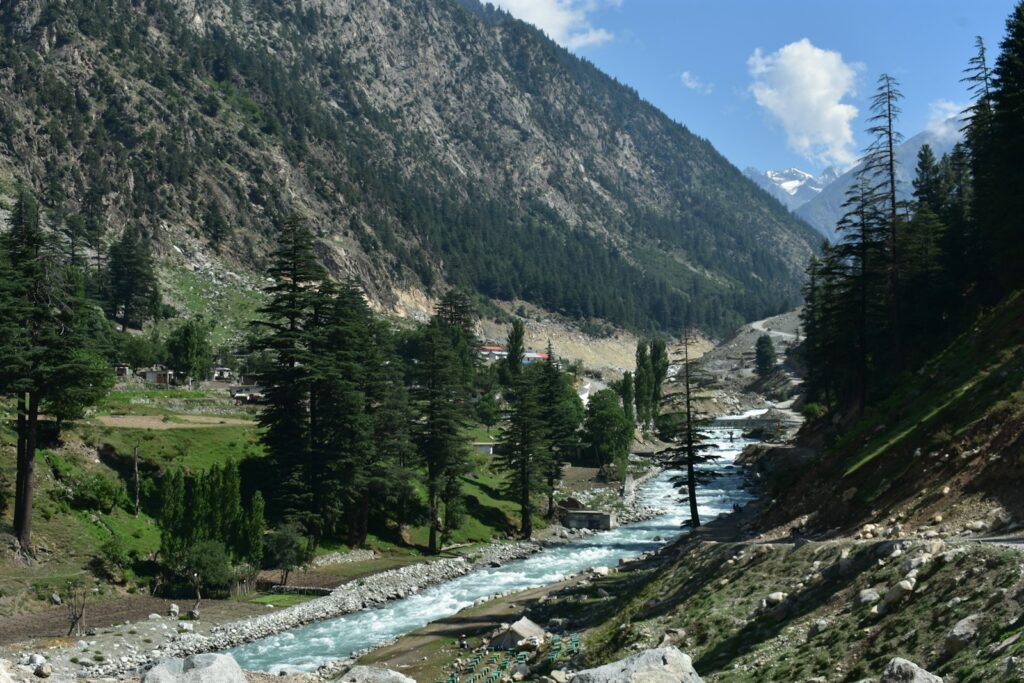
Most incidents labeled as evidence of park “curses” have rational, if sometimes complex, explanations that don’t require supernatural intervention. Mysterious disappearances often result from the combination of harsh terrain, weather conditions, and visitors’ poor preparation or underestimation of wilderness challenges. Cases where bodies are never recovered, often cited as evidence of something sinister, frequently have natural explanations – remote locations, animal scavenging, geological features like crevasses or caves, or water currents can all complicate recovery efforts.
Similarly, electronic equipment malfunctions attributed to ghostly interference typically result from temperature extremes, moisture, elevation changes, or simply the absence of cell towers in remote areas. Even seemingly inexplicable behavioral changes in visitors – such as experienced hikers making poor decisions – can be explained by the effects of altitude sickness, hypothermia, dehydration, or other environmental stressors that impair cognitive function long before victims recognize their symptoms.
The “Bermuda Triangle” Effect in Terrestrial Parks
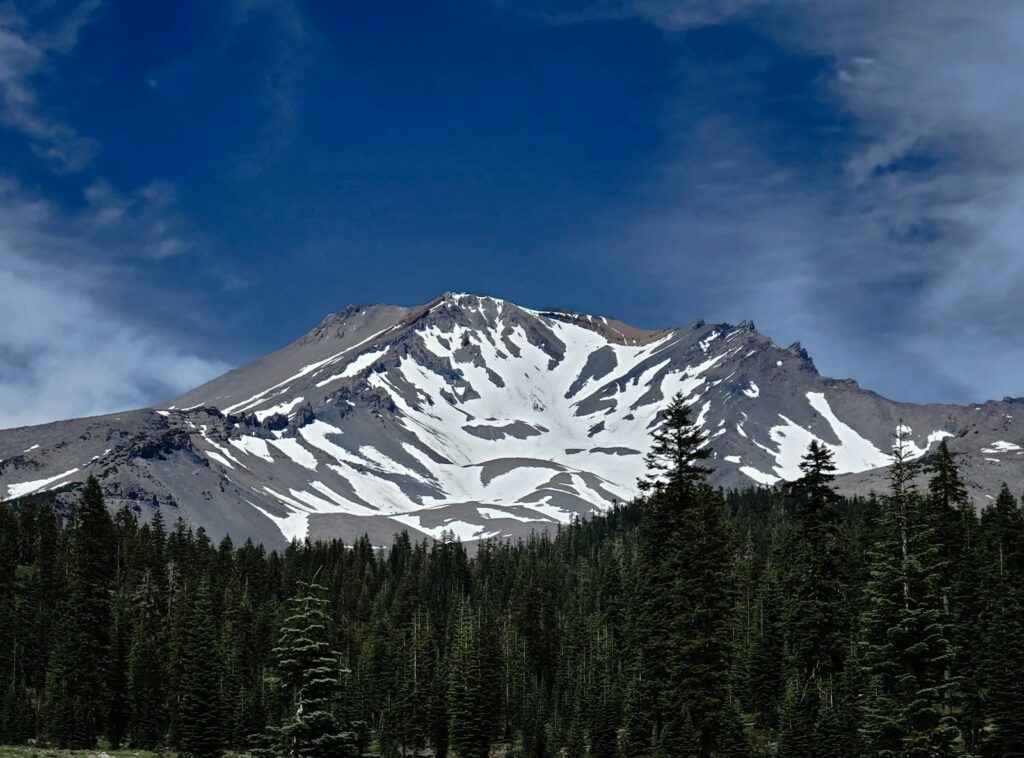
The phenomenon of attributing supernatural causes to natural events in national parks bears striking similarities to the famous “Bermuda Triangle” myth. In both cases, a geographic area gains reputation for mysterious disappearances and dangers that, when examined critically, prove to be statistically normal given the conditions and traffic volume. This pattern suggests a broader human tendency to create geographical “mystery zones” where normal incidents are reframed as supernatural or paranormal.
Parks like California’s Mount Shasta, rumored to contain everything from ancient civilizations to alien bases, exemplify this pattern of layering mythical significance onto natural landscapes. These terrestrial “Bermuda Triangles” often share common features: remote or challenging terrain, weather conditions that can change rapidly, and physical characteristics that can disorient visitors or complicate search efforts. The persistence of these beliefs despite rational explanations demonstrates how strongly humans are drawn to mysterious narratives about certain places.
How Park Rangers and Search Teams View the “Curse” Narratives
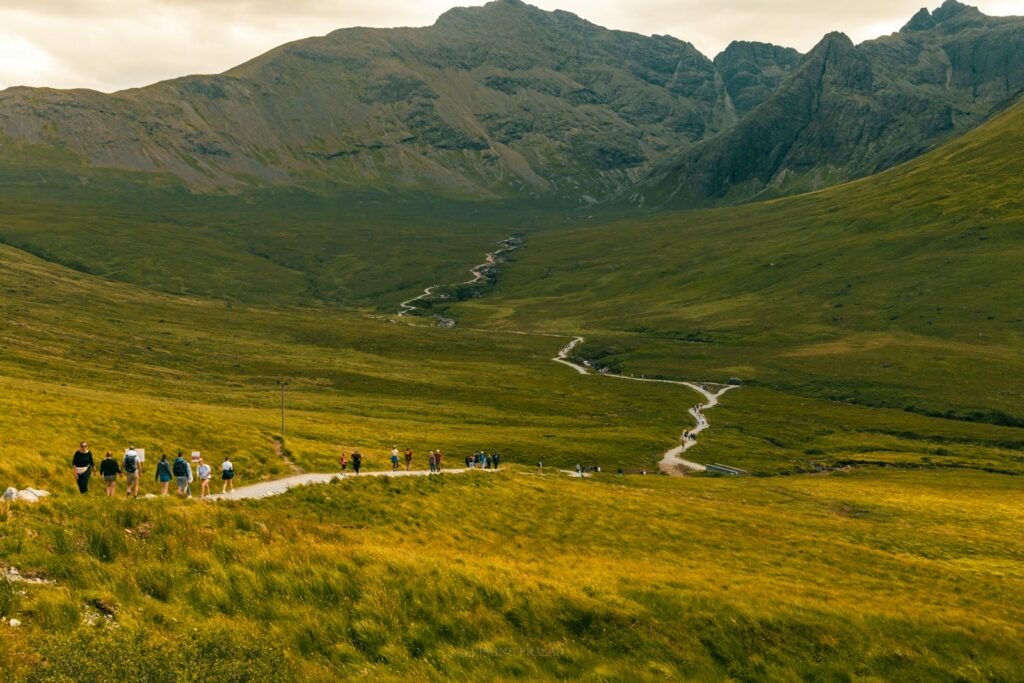
Those with the most direct experience in national park emergencies – rangers, search and rescue teams, and other park professionals – typically dismiss supernatural explanations for park tragedies. These experienced professionals point to consistent patterns in the incidents that supernatural narratives frame as mysterious. Rangers regularly observe that many accidents result from a combination of visitor unpreparedness, risk underestimation, and simple bad luck rather than malevolent forces.
Search and rescue teams note that even seemingly inexplicable cases where people aren’t found often have logical explanations related to the challenges of searching vast wilderness areas with limited resources. Many park veterans express frustration that “cursed park” narratives not only disrespect tragic accidents but potentially endanger future visitors by focusing attention on fictional threats instead of real hazards like wildlife encounters, weather changes, and terrain difficulties that actually claim lives each year.
The Real Dangers: Understanding True Park Hazards
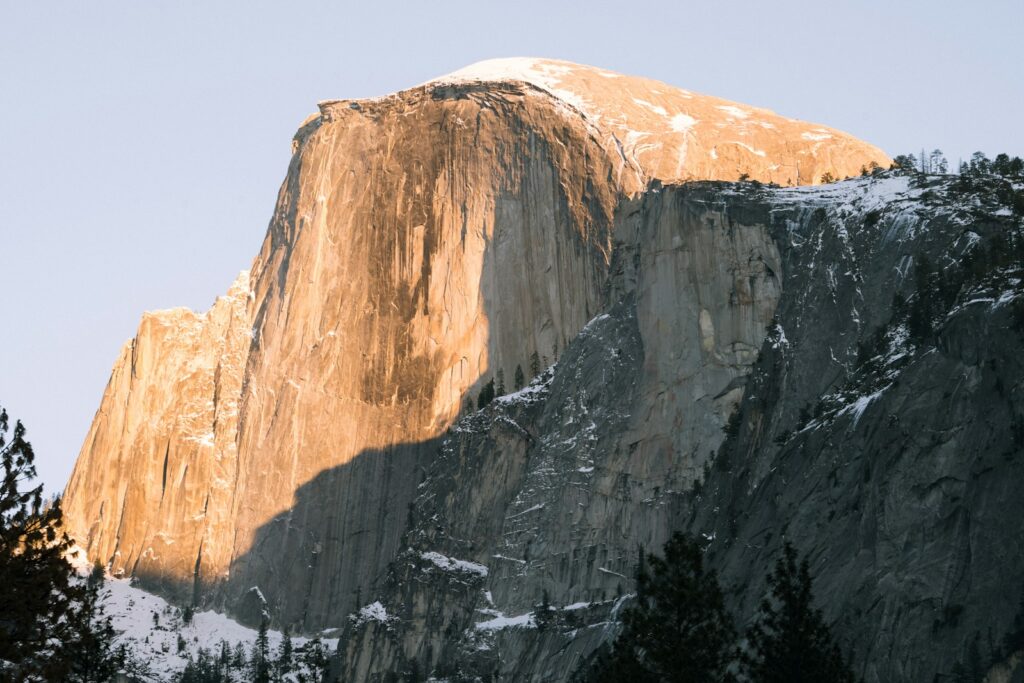
While supernatural dangers in national parks remain firmly in the realm of fiction, very real hazards demand visitors’ respect and preparation. Drowning consistently ranks among the leading causes of death in national parks, with seemingly peaceful streams and rivers becoming deadly during flash floods or when cold water induces hypothermia. Falls represent another major hazard, particularly in parks with steep terrain like Yosemite and Grand Canyon, where deceptive surfaces and perspective illusions have led to tragic accidents.
Weather-related emergencies claim numerous lives annually, with sudden storms, temperature drops, and heat waves catching unprepared visitors by surprise. Wildlife encounters, though rarely fatal, can result in serious injuries when visitors approach animals too closely or misinterpret animal behavior. Understanding and preparing for these genuine risks – rather than worrying about curses or supernatural forces – represents the true path to wilderness safety and responsible park visitation.
Conclusion: The Enduring Appeal of Wilderness Mythology
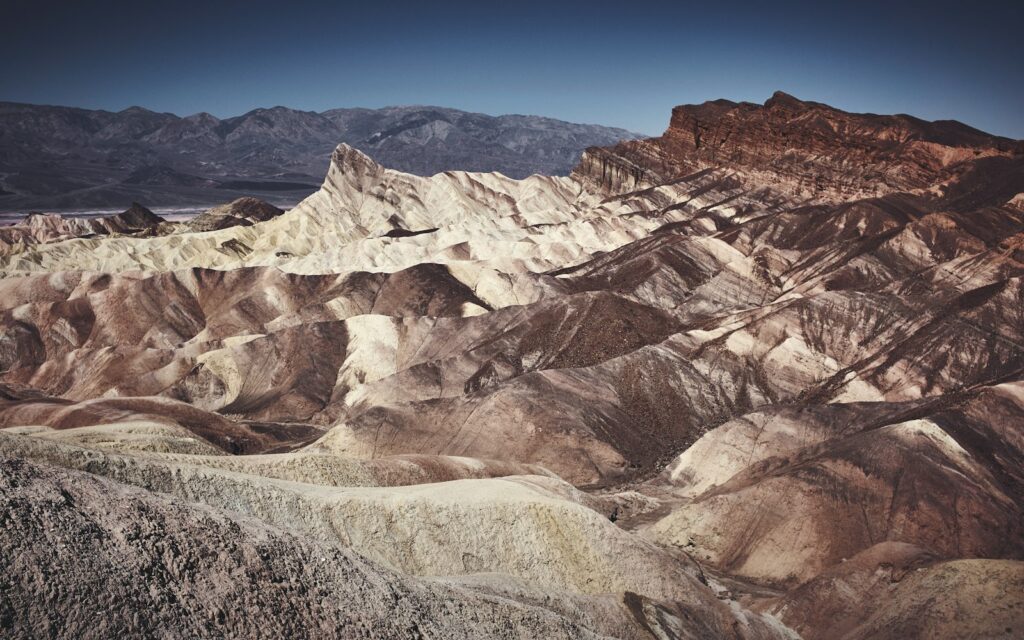
The persistence of “cursed national park” narratives reveals more about human psychology than supernatural reality. These stories provide simplified explanations for complex wilderness tragedies and satisfy our ancestral need to personify natural forces. They also fulfill our paradoxical desire for controlled fear – the thrill of contemplating danger from a position of relative safety. While scientific evidence thoroughly debunks the notion of cursed parks, these legends likely will endure alongside similar human mythologies about the natural world.
Perhaps the most constructive approach is neither to dismiss these stories entirely nor to take them literally, but to recognize them as expressions of our complex relationship with wild places. The true “curse” of national parks may simply be their fundamental wildness – their resistance to complete human control and understanding, which simultaneously threatens and fascinates us. By approaching these magnificent landscapes with proper preparation, respect, and evidence-based caution rather than supernatural fear, visitors can safely experience the genuine wonder these protected places offer.

